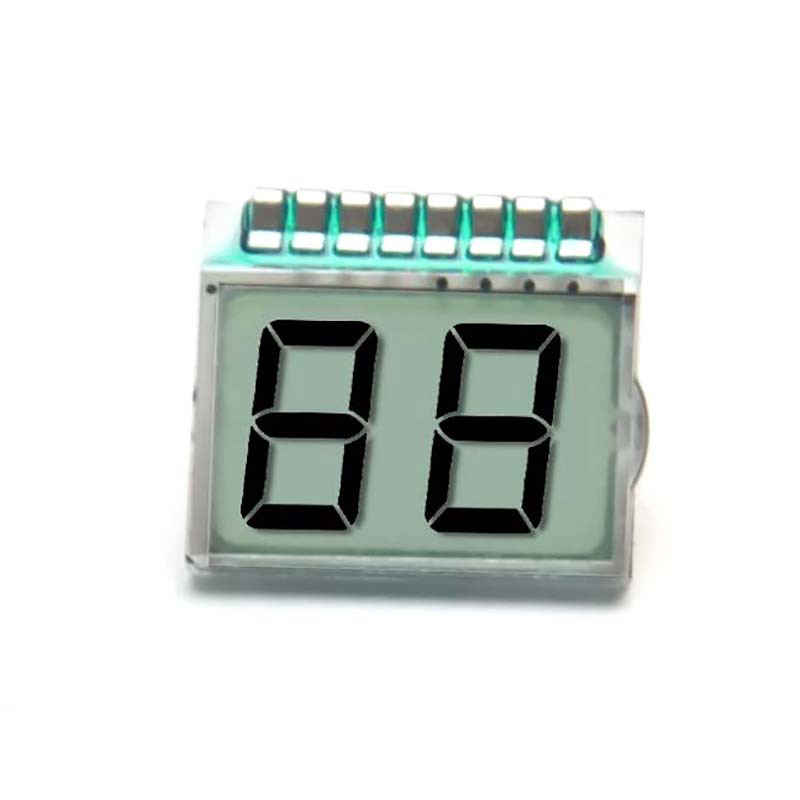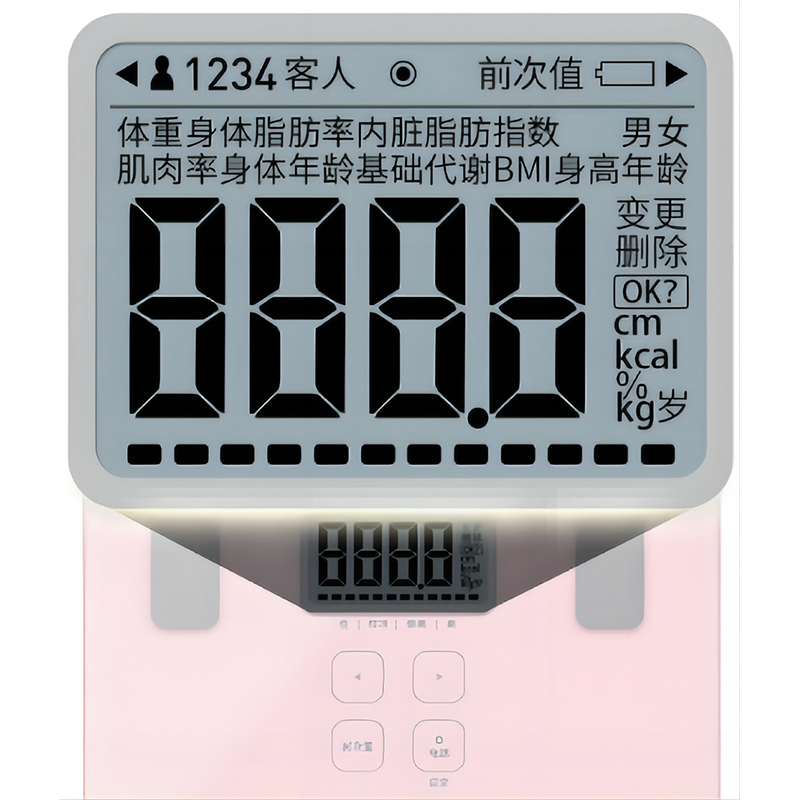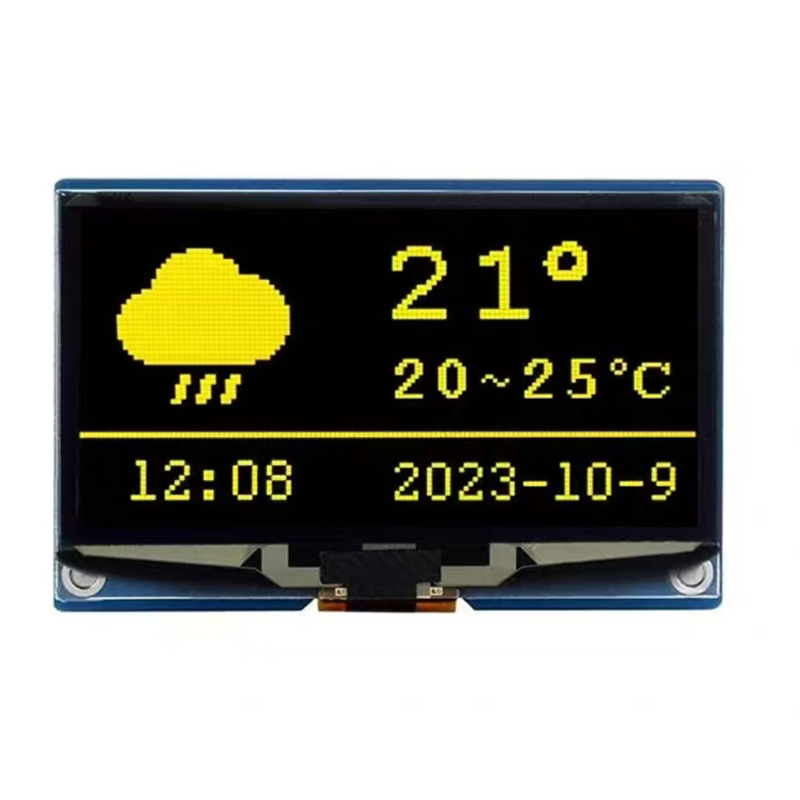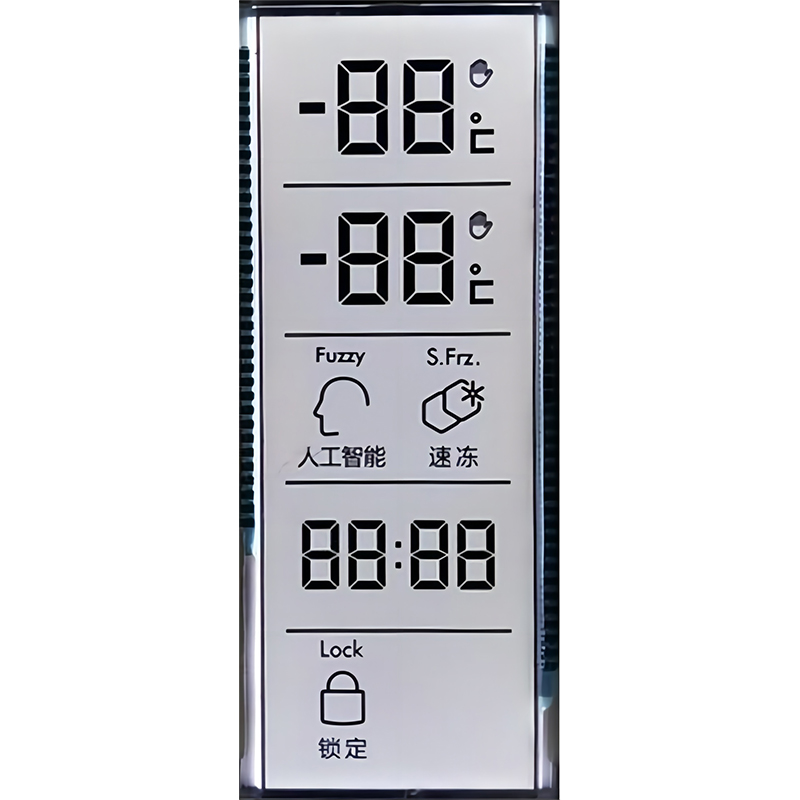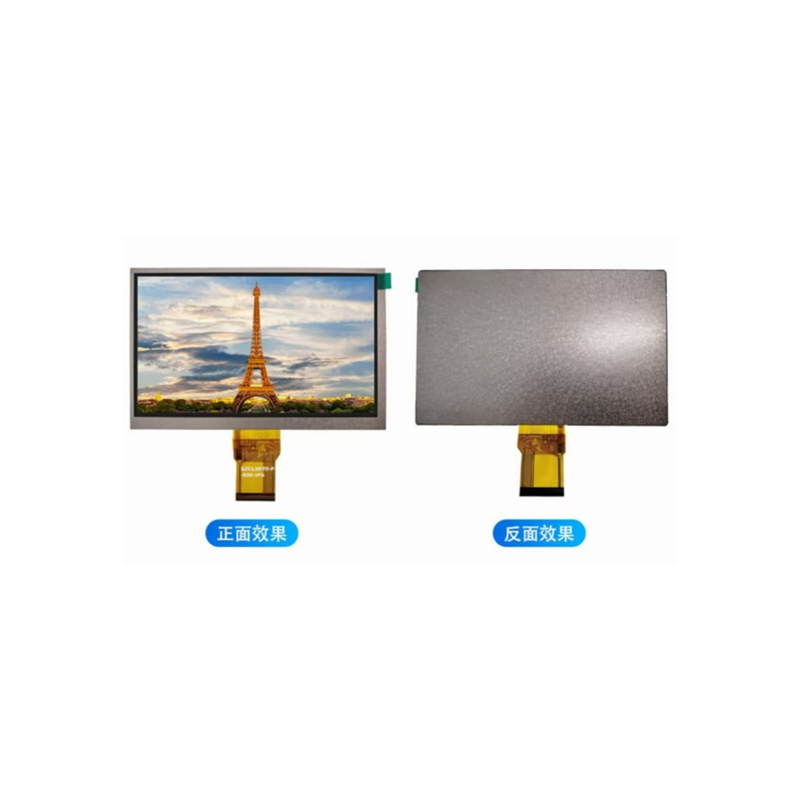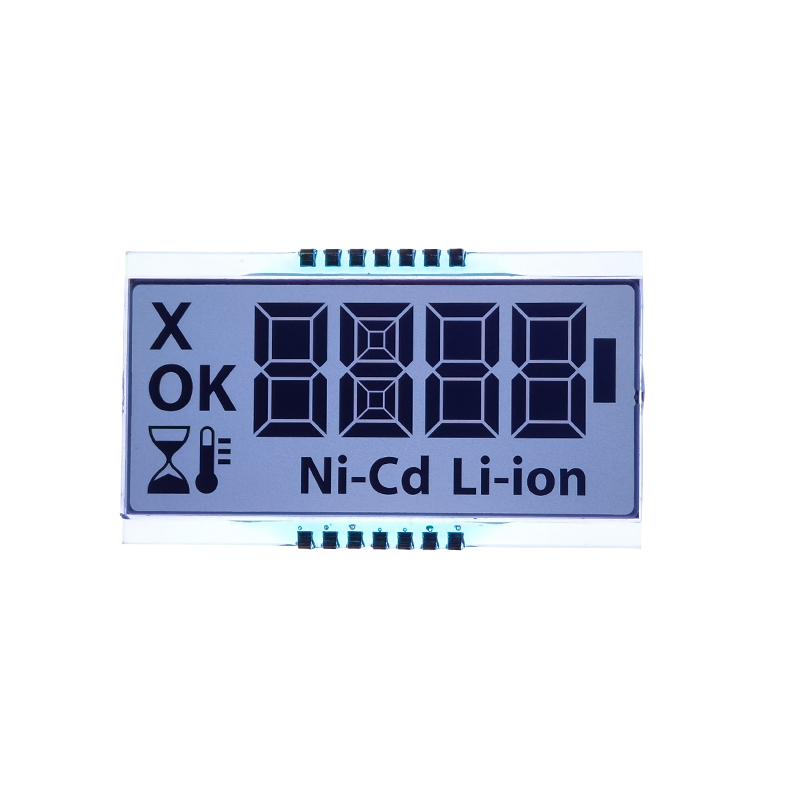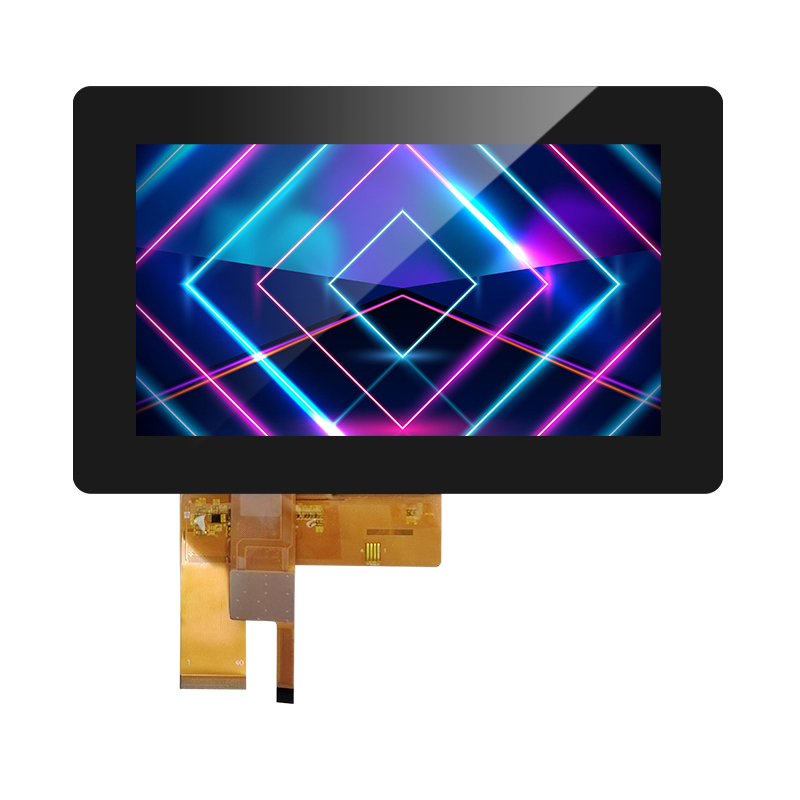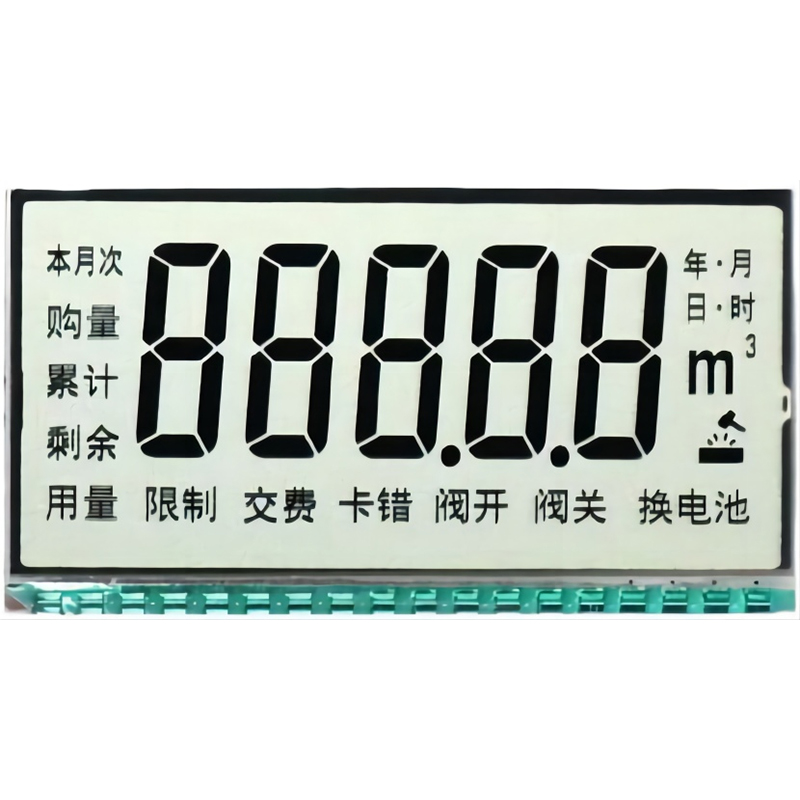
Color dot matrix displays are versatile visual components used in a wide range of applications, from simple indicators to complex information displays. This guide provides a comprehensive overview of this technology, exploring its various types, functionalities, and applications. We'll delve into the technical aspects, examine the advantages and disadvantages, and offer guidance on selecting the right color dot matrix display for your specific needs. Whether you're an engineer, designer, or simply curious about this technology, this guide offers valuable insights into the world of color dot matrix displays.
A color dot matrix display uses a grid of individual pixels, each capable of displaying a range of colors. Unlike monochrome displays, which only show one color, color displays utilize techniques like RGB (Red, Green, Blue) subpixels or other color models to create a vast spectrum of hues. These pixels are arranged in a matrix, defining the resolution and overall size of the display. The method of illuminating these pixels varies depending on the display technology, including LED, LCD, or OLED technologies. The higher the pixel density, the sharper and more detailed the image will be. Consider the resolution requirements carefully when selecting a color dot matrix display, as higher resolutions often translate to higher costs.
Several types of color dot matrix displays exist, each with its own set of characteristics:
Color dot matrix displays find applications across numerous industries and applications:
Choosing the appropriate color dot matrix display requires careful consideration of several factors:
| Advantages | Disadvantages |
|---|---|
| Versatile and widely applicable | Can be more expensive than monochrome displays |
| Relatively easy to integrate | Resolution might be limited compared to other display technologies |
| Available in various sizes and resolutions | Power consumption can be significant depending on the technology |
For high-quality and reliable color dot matrix displays, consider exploring options from reputable manufacturers like Dalian Eastern Display Co., Ltd.. They offer a range of solutions for diverse applications.
This comprehensive guide provides a solid foundation for understanding color dot matrix displays. Remember to carefully consider your specific requirements before making a selection. Further research into individual display technologies and manufacturers will help you find the perfect fit for your project.

